Whether you are new to photography or a seasoned master, you are bound to make mistakes. Some of these are fairly common, but fortunately, you can easily avoid or correct them.
So what are those common photography mistakes? And more importantly, how do you deal with them?
1. Not knowing who or what the subject is
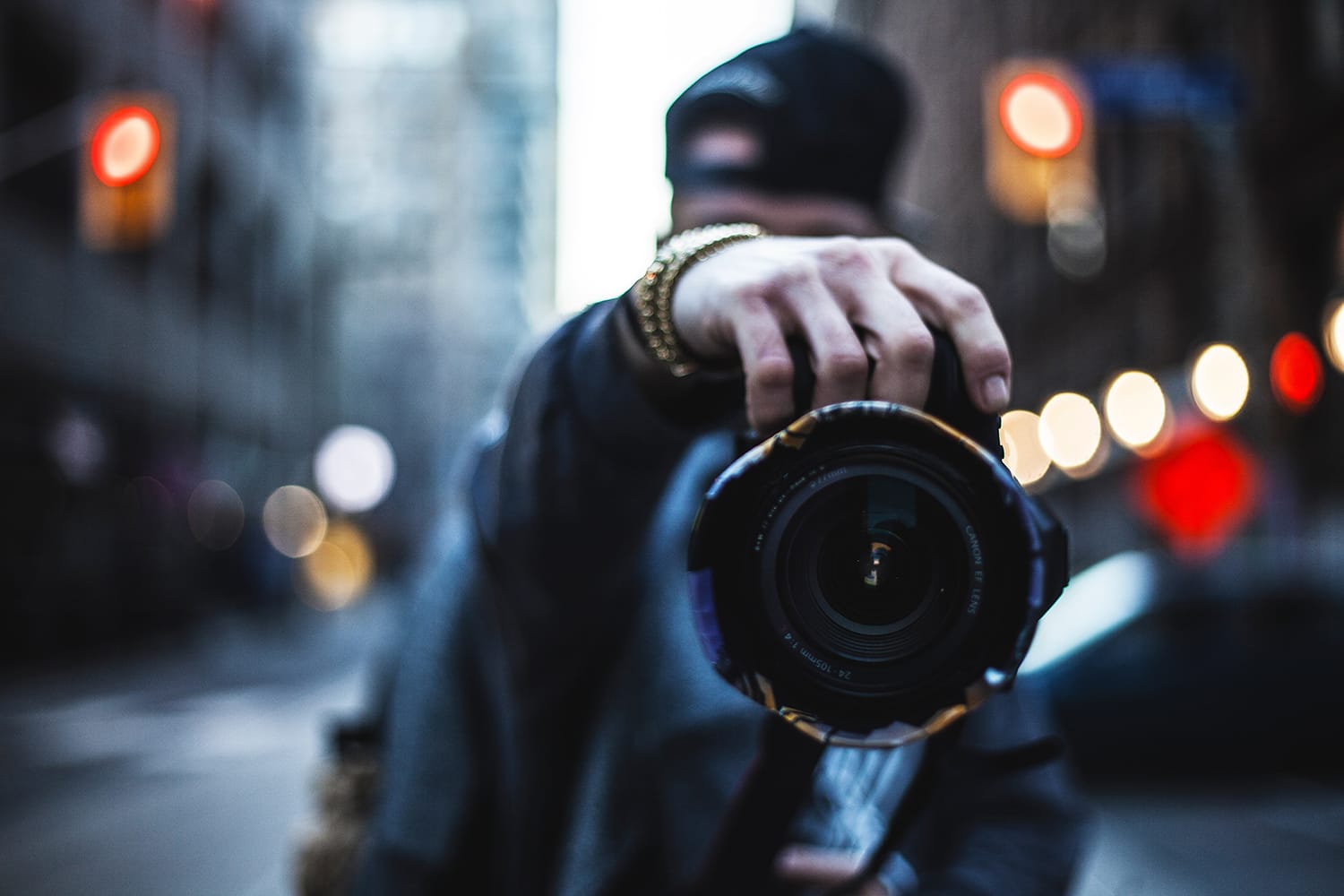
Your photos should have a strong point of interest. It should be clear to you and the viewer what the subject is and why you are taking a picture of your subject.
It will not only help you take interesting photos, but it could help you with your composition. This is very easy to correct because the subject is basically what caught your attention in the first place. So you have to let the photograph capture that.
2. Shooting too far away from the subject

Knowing your subject is crucial to create a great composition. Good composition [1] makes it obvious to anyone who or what your subject is.
A great technique is to fill your frame with your subject, as it will help you focus on the subject itself. It will also lessen the chance that other elements included in the photo could take the spotlight away from your subject. This will also help ensure that your subject is not too small or does not seem too far away in your photo. An insignificant subject simply blends in the background.
3. Waiting for the perfect weather to take pictures
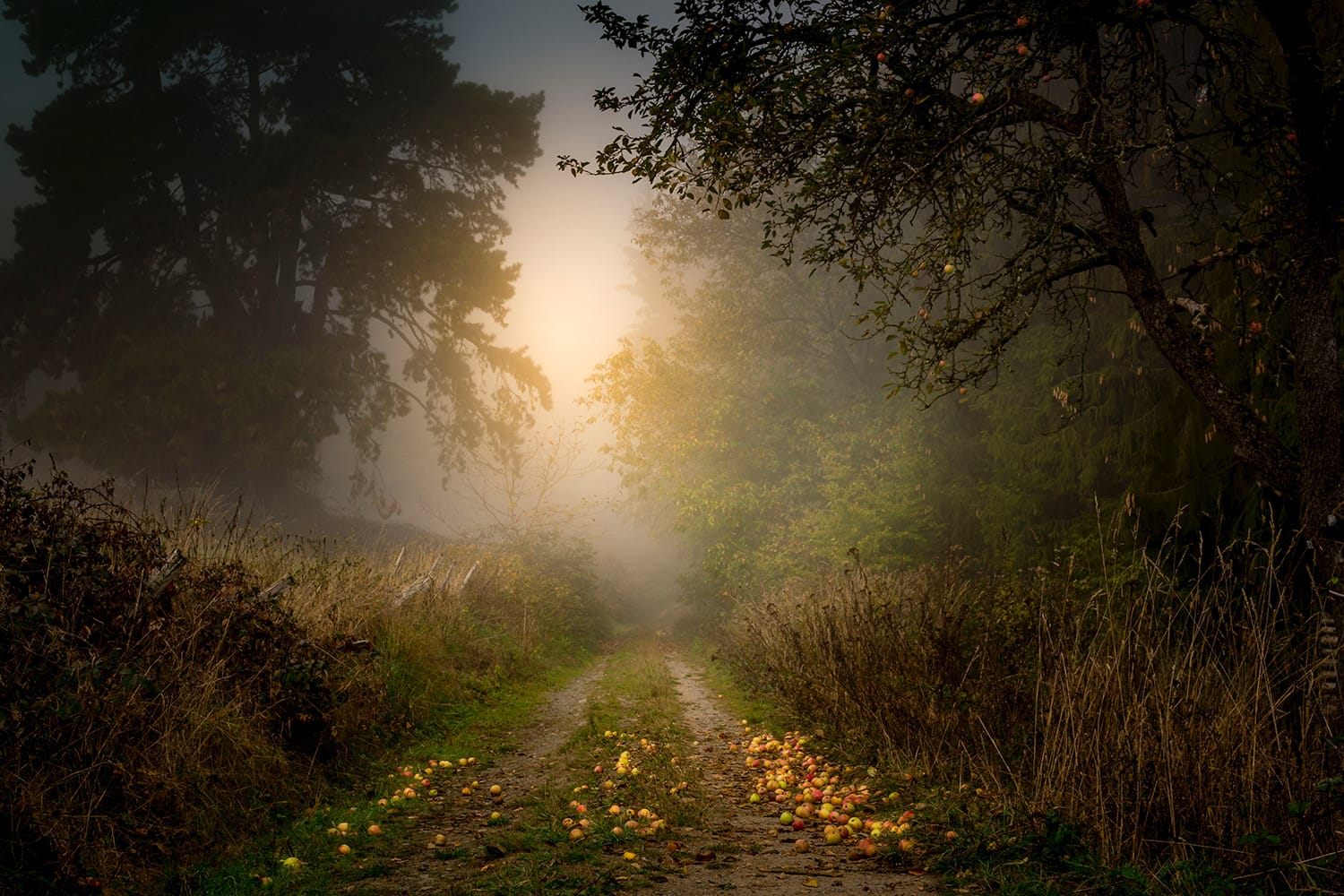
Many people think that the best photographs happen under a clear blue sky, so they wait. Well, here’s the thing… you can take great photos in any weather and lighting conditions.
While azure blue skies and white clouds would make a great subject or a lovely backdrop for your photos, overcast skies and dark gray clouds can also provide stunning results. So whatever the weather, never pass up on an opportunity to take pictures.
4. Letting your subject go out of focus
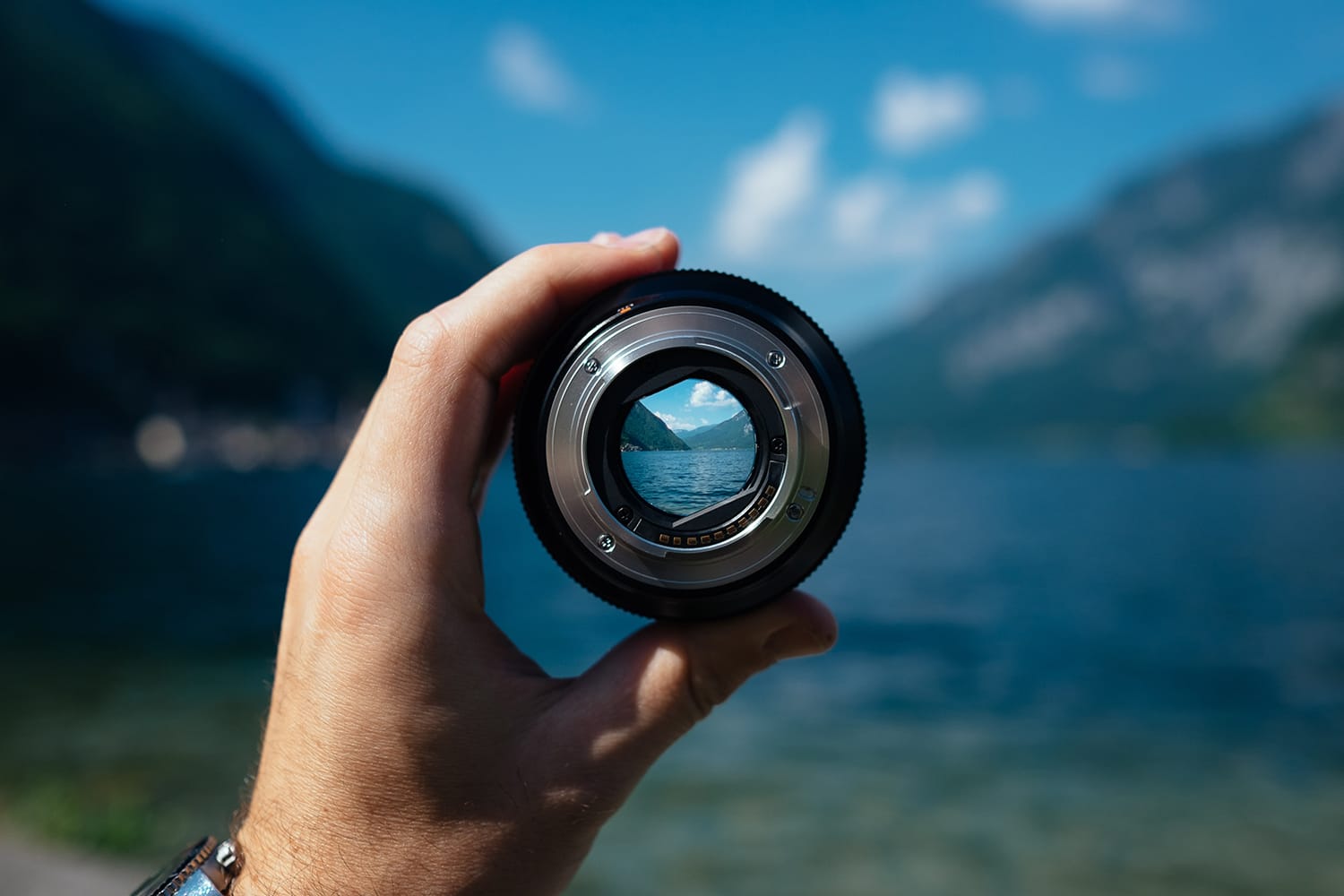
In any great photo, the subject should be the sharpest part of your image.
If you are using a DSLR, check out whether it has a focus lock feature. Focus locking allows you to lock the focus on the subject by half-pressing your shutter release button.
If your camera is equipped with a focus peaking feature, make sure you turn it on as it can help you nail the focus and come out with razor-sharp images.
5. Composing the photo with the subject is in the middle
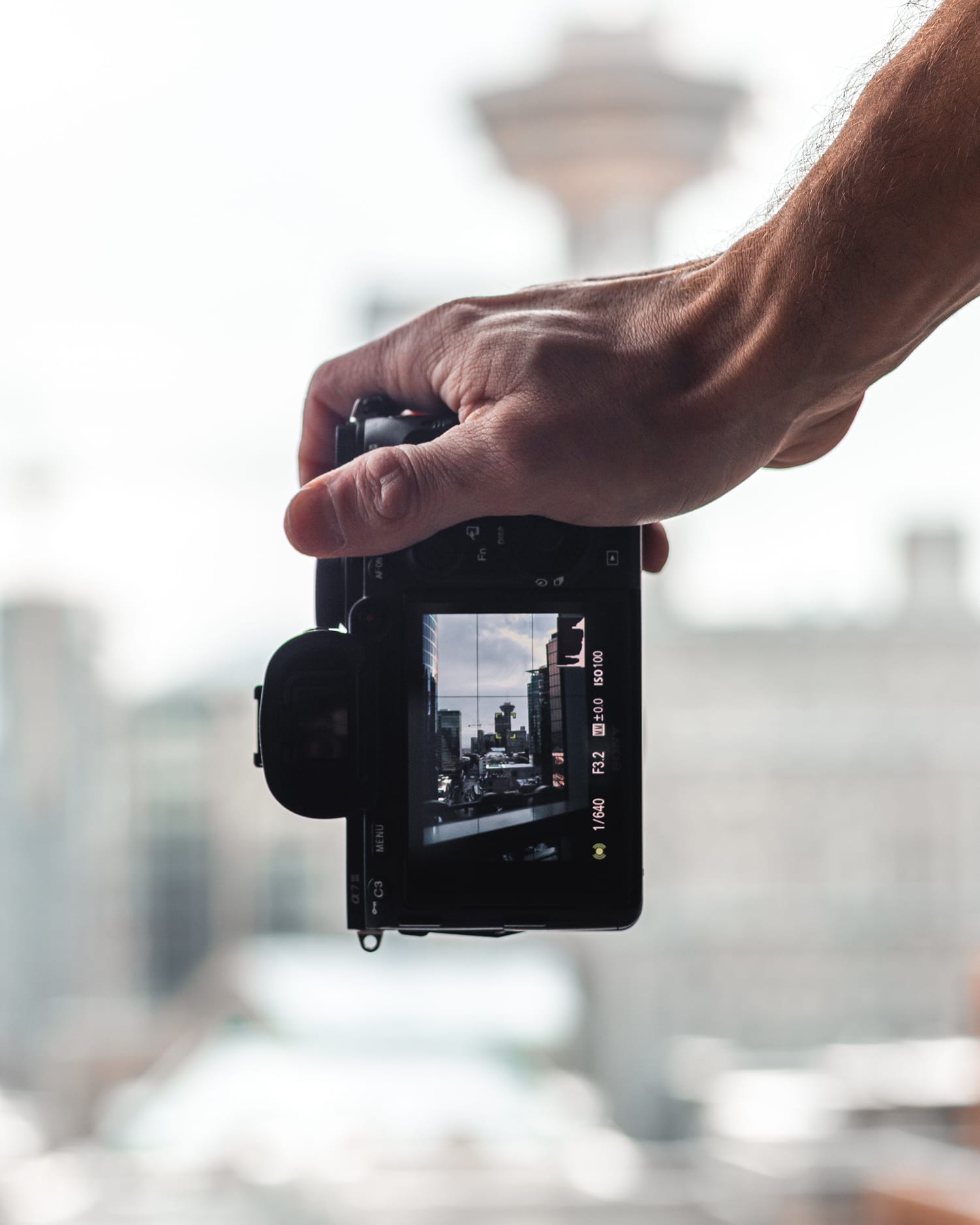
While centering your subject is fine in some circumstances, it can easily lead to static and bland composition. Nobody wants photos that are flat and uninteresting.
To correct this, try placing your subject a little off-center. If your camera has a “rule of thirds” grid overlay (either in the viewfinder or via the LCD screen), you should try to put the point of interest in the intersections.
For example, if you are shooting a portrait, the person’s face is your subject, while the point of interest is their eyes (or their dominant eye). A good rule of thumb is simply placing the eye(s) into one of the intersections.
6. Having too many elements in the photo
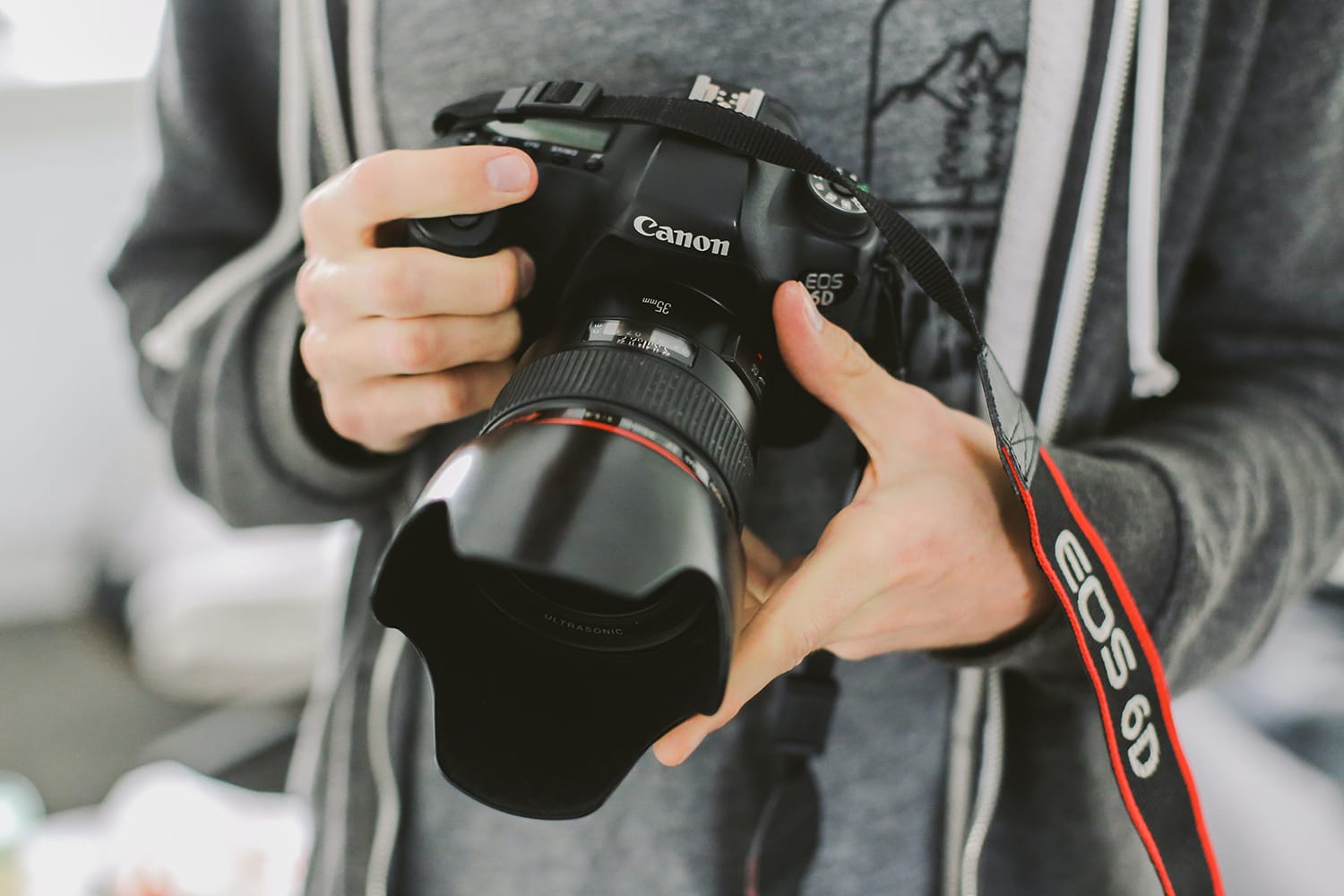
Remember that your photo should have only one subject and that you should make it clear to anyone looking at it who or what that is. If you have another element that competes with the main subject by having striking colors, a bigger size, or a more noticeable shape, then it may be time to rethink your composition (unless that’s what you’re going for).
Make sure that nothing overpowers your main subject. For example, if you are taking a shot of a beautiful skyscraper, you might want to avoid including power lines in the image! Or, if you’re shooting a portrait, a distracting background or other objects should be dealt with. You can either blur the background, change your angle, or remove unwanted objects from the scene.
7. Not caring about the light
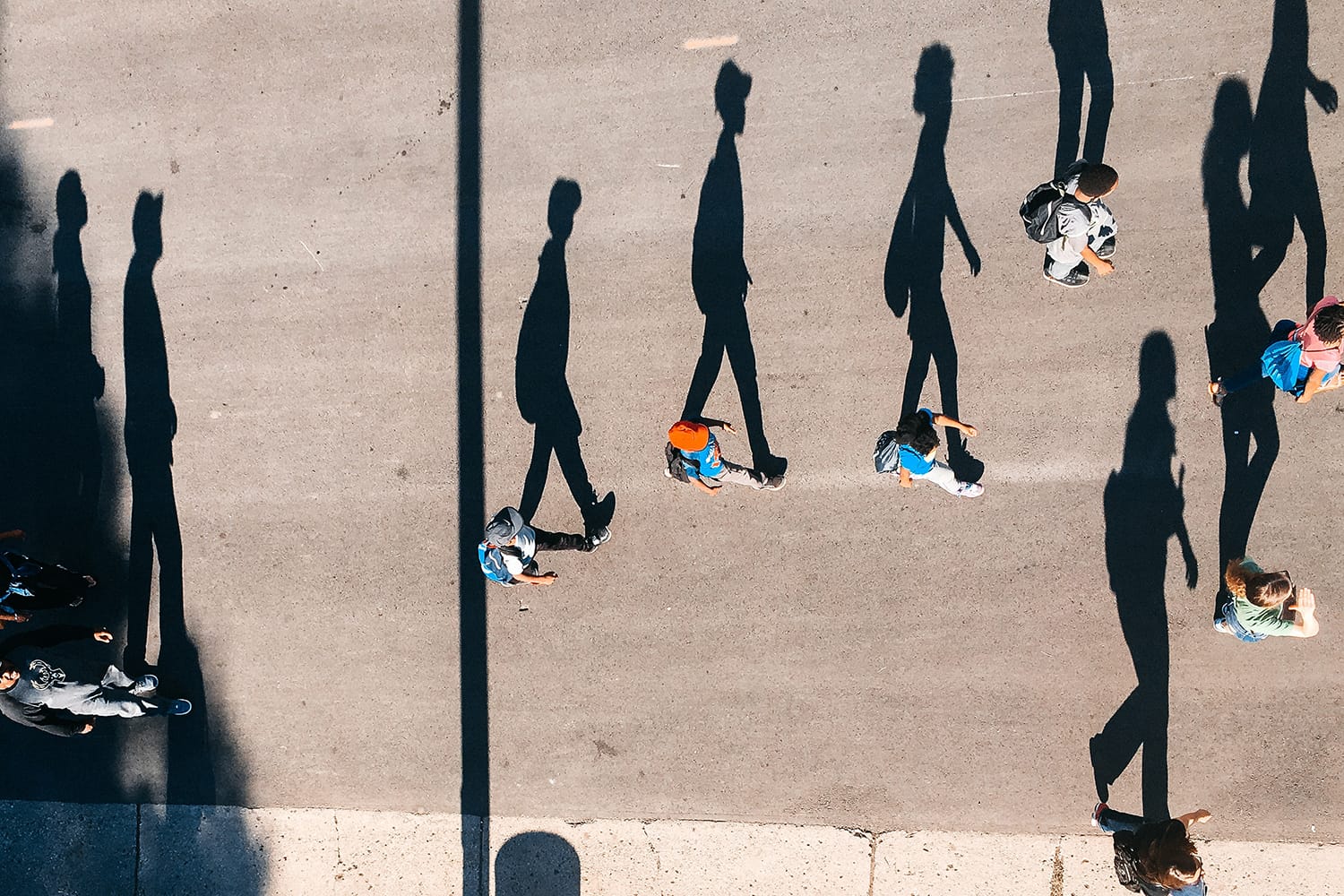
Before taking any photographs, make sure that you consider where the light is coming from and how it is lighting up your subject. For instance, if your subject is wearing a cap and the light is such that there is a shadow on their face, try shooting from another angle.
If you are taking photographs of buildings or statues, you might want to wait for another, more appropriate time (or make the best of it and focus on the shadows instead.)
8. Not shooting from another angle or perspective
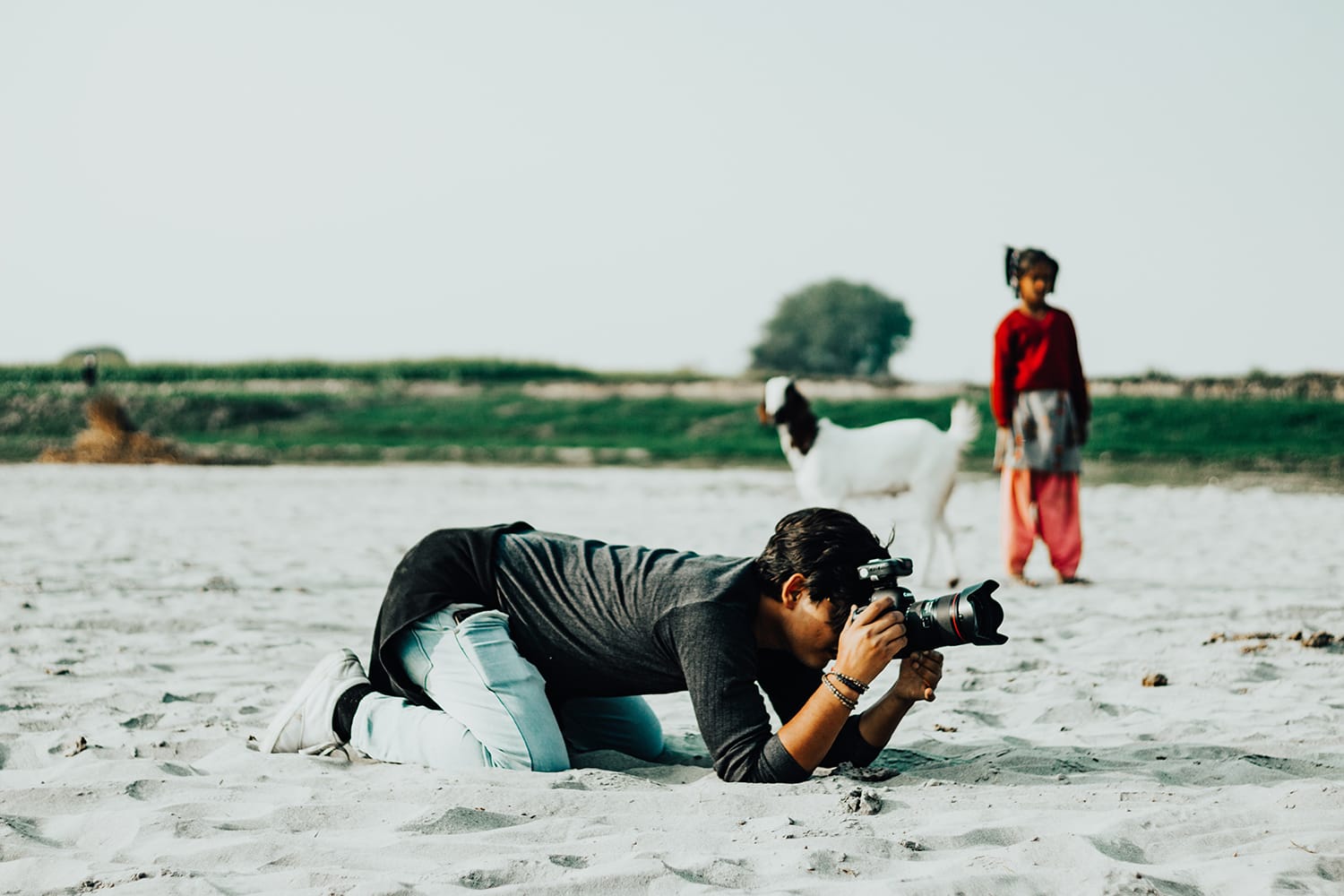
Most people take photos standing up at eye level. But did you know that you might get a more interesting shot if you shoot at a lower angle? Try crouching a little or perhaps getting down on your knees.
Also, there are times when improving your photograph takes only a few steps. For example, if you want a shot of a house but you find that a tree obscures it from the left, why not walk a little further to the right and take the image of the house without the tree blocking the view?
9. Dealing with red-eye issues

Red-eye is usually caused by the reflection of a powerful light source or flash in the subject’s eyes. It is simply the result of light reflecting on your subject’s cornea. It’s very common when using the built-in pop-up flash that’s on most cameras.
The obvious way to avoid this is to refrain from using the pop-up flash. If this is not possible, then ask your subject to avoid looking directly into the camera. You can also fix red-eye issues in Lightroom and Photoshop, but of course for the most natural results possible, nothing beats getting it right in-camera.
10. Relying too much on Photoshop or Lightroom

Photoshop, admittedly, is a great piece of software. It allows you to develop and enhance your photos as well as improve on them when necessary.
The problem stems from thinking that it is okay to take passable photos because you could always manipulate them later in Photoshop or Lightroom Classic [2]. One cannot learn how to capture great photographs by relying too much on photo editing apps to create the end result.
Take time to set up your shot properly, check the white balance, proper exposure, lighting, and framing your subject. Once you take the photo and you find it lacking, see why that is and what you could do to correct it. This way, you would learn how to take great photos even when you don’t go through post-processing.
Post-processing is, first and foremost, about developing your RAW image files [3] (just like you would in a darkroom with a roll of film), so they can then be used for whatever purpose they were intended.
11. Relying too much on auto modes
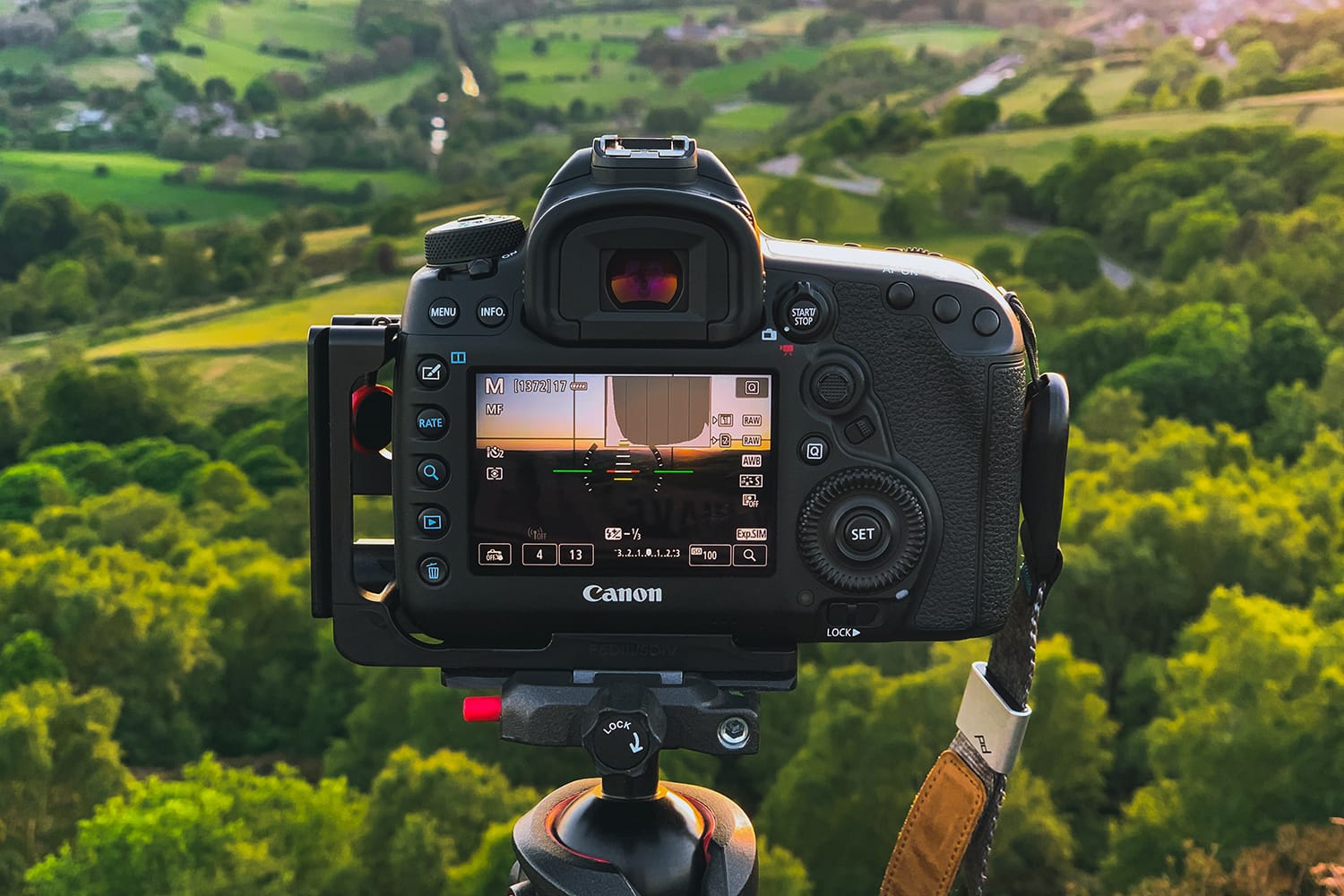
After you’ve shelled out that much money on a great camera and a nice piece of glass, only using the automatic modes on your camera is just nonsense. You can learn a lot about how light interacts with objects and your surroundings when using your camera [4]. But, leaving it on auto-mode just means that you are letting the camera do all the thinking for you.
You might just as well go for a high-end point-and-shoot camera.
Learn how to set your ISO, shutter speed, and aperture. Think of a shot that you would like to achieve. Take photos and see how you could accomplish that particular shot by tinkering with these three settings.
12. Always shooting with a camera tilt
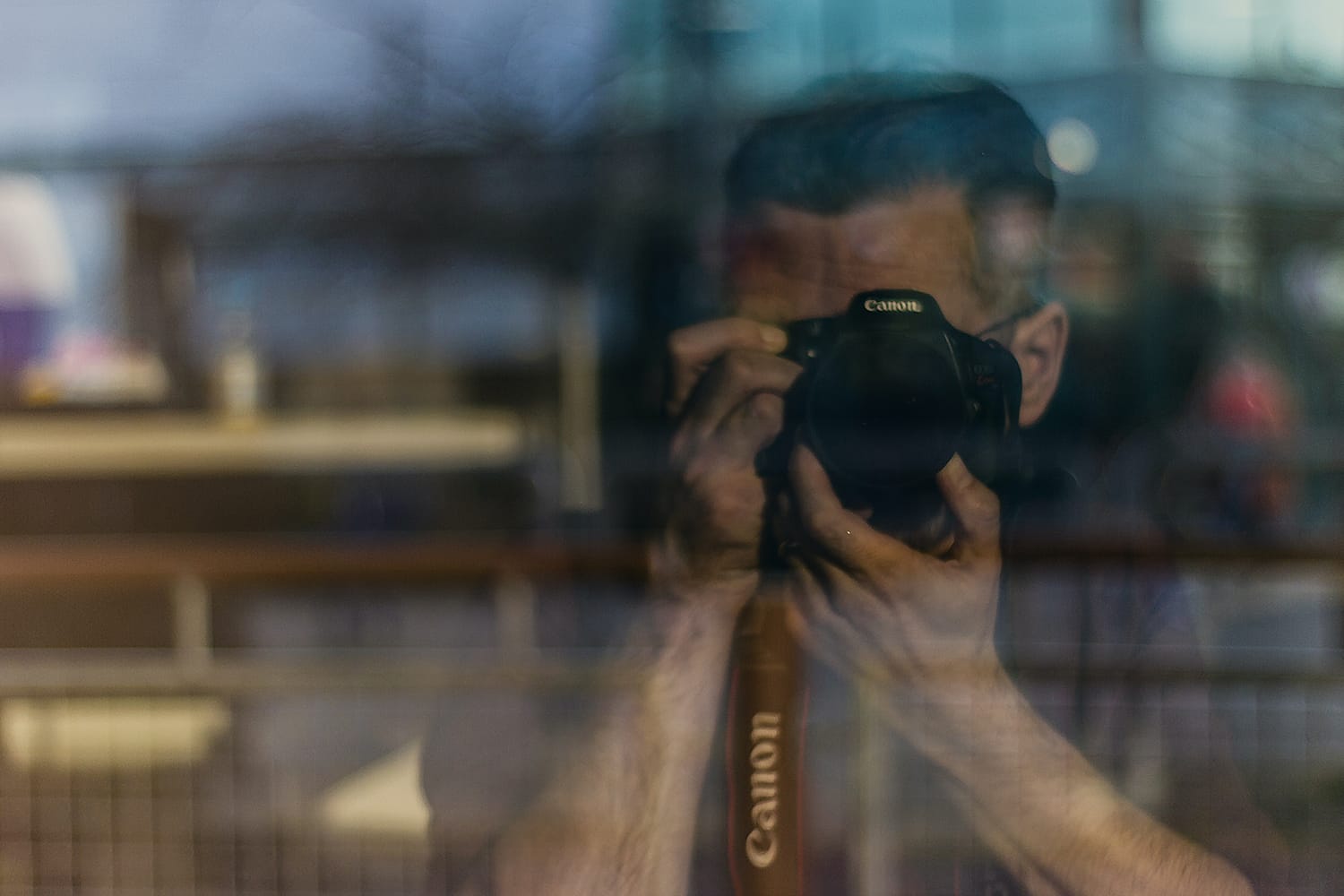
So you’ve read that tilting your camera would make for a better and more dramatic photo (I guess we have Instagram to thank for that…) The truth is, people do not like to tilt their heads to view every picture you take. If you have people posing for a picture, you might want to skip on the camera tilt.
Camera tilt is just perfect if you want to convey motion in your photographs. Photographs with a kissing couple, a child running, or a hotdogging skateboarder would benefit more from a camera tilt.
Never be afraid to make mistakes, and do not hesitate to experiment with your settings, composition, and techniques. It is only when you go out of the box that you learn to take better photos.